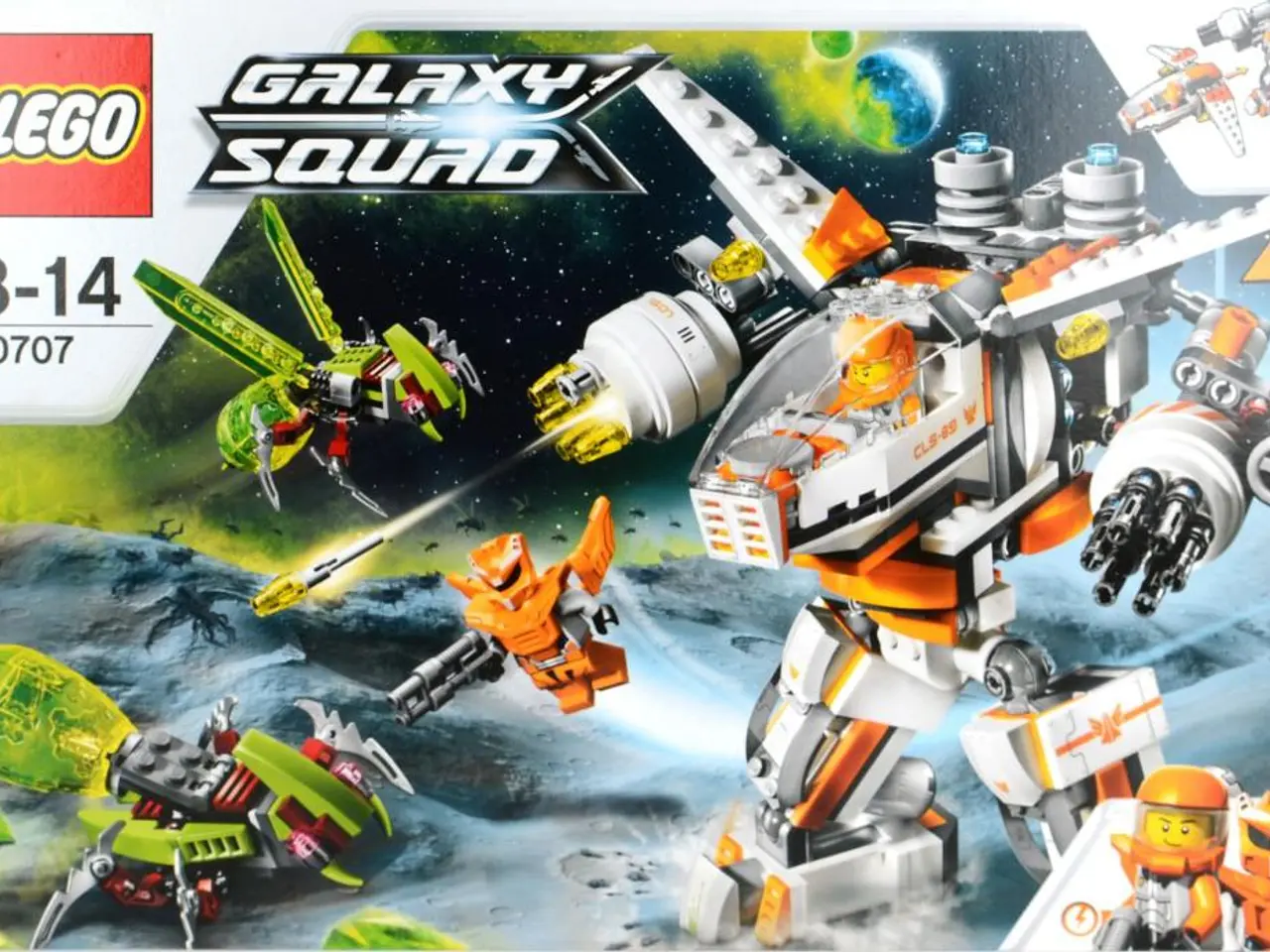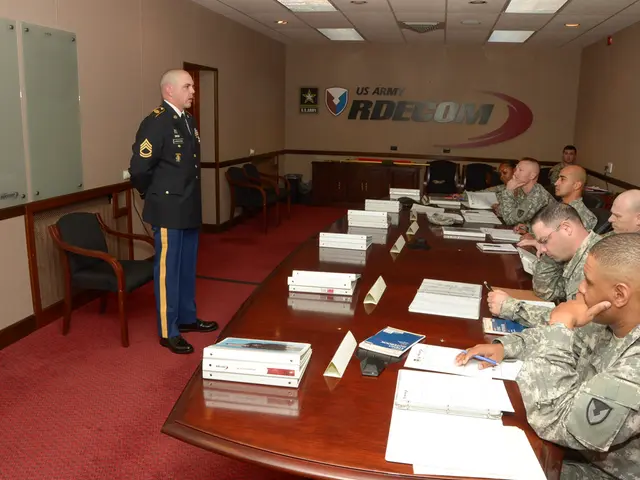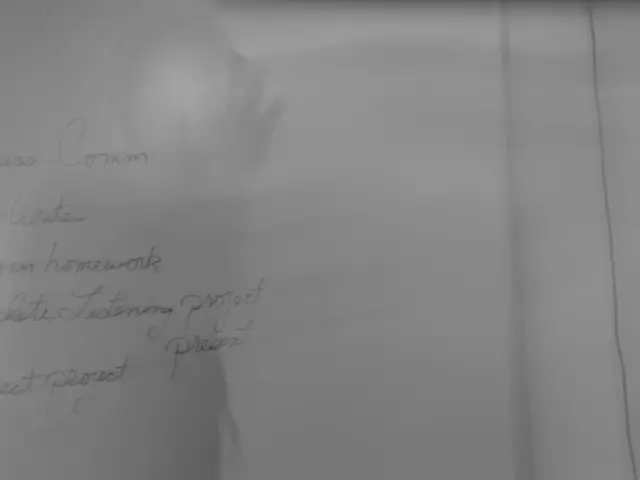In the digital era, who dictates the creative direction in AI-driven motion pictures?
In the world of Indian cinema, the line between creativity and cultural rights has always been a delicate one. This balance was recently tested with the release of Raanjhanaa, a film first shown in 2013, which returned to theaters in August 2025 with an AI-generated altered ending.
The success of the film Raanjhanaa can be attributed to its compelling story, captivating script, stunning cinematography, brilliant direction, memorable characters, star-studded cast, catchy songs, and unforgettable dialogues. However, the decision to alter the film's ending using artificial intelligence (AI) has sparked a debate over the propriety and morality of such actions.
Under the Copyright Act, 1957, the person who is considered the author of a film is either the producer of the film or, in cases where the film is made under a contract or service arrangement, the person who commissioned the film. This law protects not only economic rights in a creative work but also the work's integrity against distortion or mutilation, known as moral rights.
Section 38B of the Copyright Act, 1957, specifically protects the actor's moral rights, allowing them to object to an altered performance if it interferes with their image or reputation. Similarly, an actor enjoys publicity rights and personality rights. Publicity rights entail the right to monetise one's name, image, likeness, and fame, while personality rights seek to protect the artist's privacy, personhood, and reputation.
The use of AI to alter a film could lead to infringement of both publicity rights as well as personality rights, as the actor loses out on paid work and her image or likeness is unauthorizedly used. This raises questions about the ethical implications of using AI in such a manner, especially without the consent of the director or actors involved.
It is essential to strike a balance between the benefits of technology and the protection of human creativity and genius. The law must recognise the inherent personal connection between the artist and her creation. In the landmark case Amar Nath Sehgal v. Union of India, the Delhi High Court upheld the artist's right against mutilation of his work. The Court ruled that the moral rights of the author under Section 57 of the Copyright Act protect not only the author's rights, but also assist in the protection of works that have attained the status of 'national treasures'.
The skill of a filmmaker lies in creating an experience that is more than the sum of its parts. The freedom of artistic expression, creative autonomy, assertions of personhood, dignity, and the right to self-determination are facets of the most fundamental of rights under Chapter III of the Constitution. These principles are crucial in maintaining the integrity of a film and respecting the rights of its creators.
In conclusion, the alteration of a film that is culturally significant or qualifies as cinematic heritage may violate cultural rights that are inherent in the wider meaning of moral rights. As technology continues to evolve, it is essential that the law adapts to protect these rights and uphold the principles of artistic freedom and creativity.
The author of "Facets of Media Law", Madhavi Goradia Divan, acknowledges the contributions made by Advocates Sameer Choudhary and Aandrita Deb in understanding and interpreting these complex issues. The debate surrounding the AI-altered ending of Raanjhanaa serves as a reminder of the importance of respecting the rights of artists and preserving the integrity of our cultural heritage in the digital age.
Read also:
- Understanding Hemorrhagic Gastroenteritis: Key Facts
- Trump's Policies: Tariffs, AI, Surveillance, and Possible Martial Law
- Expanded Community Health Involvement by CK Birla Hospitals, Jaipur, Maintained Through Consistent Outreach Programs Across Rajasthan
- Abdominal Fat Accumulation: Causes and Strategies for Reduction







